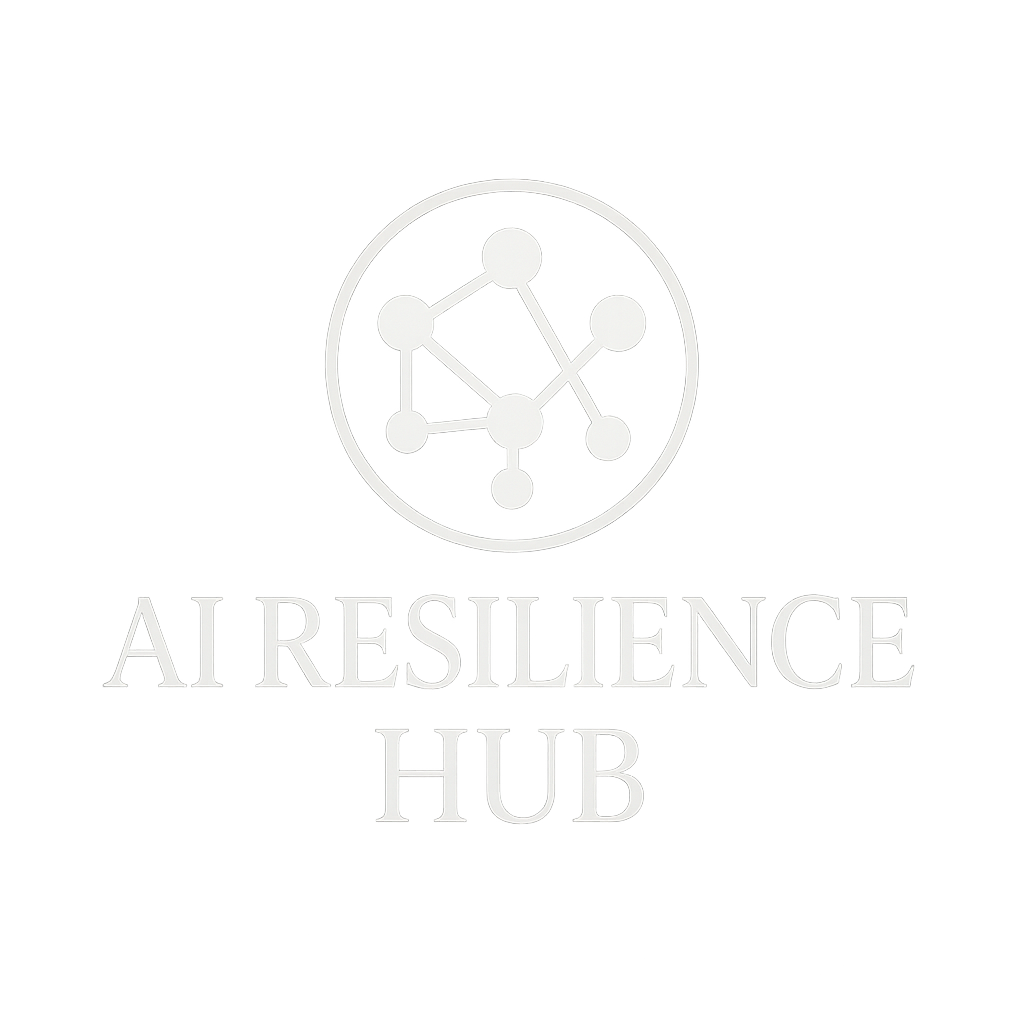Part Nine: Resilience in Relationships

We’ve spent the past few parts zoomed in looking at the practices, systems, and habits that shape resilience from the inside out. But resilience was never meant to live in isolation. It multiplies when it’s shared, and the people closest to us often feel the ripple effect of how we show up for ourselves.
If resilience is the foundation of personal strength, then relationships are the first walls built on top of it. They give our inner practices structure, context, and purpose. And like any structure, the quality of what we build depends on the materials we bring, our patience, communication, boundaries, and presence.
The Family Circle
Families test resilience in unique ways. These are often the people who know our strengths and our triggers better than anyone. Here, resilience looks less like grit and more like grace: the ability to forgive, to listen, and to keep showing up even when conversations feel hard or history feels heavy.
When we regulate ourselves—through sleep, movement, reflection, or mindfulness, we give our families a steadier version of us. That stability isn’t just personal growth; it’s a gift.
Friendships That Fortify
Friends are the family we choose, and in moments of change or crisis, they become critical support beams. But healthy friendships don’t just happen; they’re maintained with the same discipline as any other practice. Checking in, being present, and celebrating milestones together, all are ways of reinforcing shared resilience.
True friends don’t just make us laugh or distract us from pain; they remind us who we are when we forget. They reflect back the parts of us that are stronger than we think.
Resilient Teams
At work and in leadership, resilience doesn’t mean shielding others from struggle; it means modeling steadiness through it. Teams that thrive on resilience are those where trust runs deep, mistakes are used as fuel, and individuals feel safe to voice concerns without fear.
Here, resilience is less about personal survival and more about collective endurance. One person’s calm presence can recalibrate an entire group under stress. A leader’s grounded response becomes the pattern others mirror.
Multiplication, Not Addition
What makes resilience in relationships powerful is that it’s not a zero-sum game. Your strength doesn’t take away from others, it expands theirs. When you show patience, it teaches patience. When you hold boundaries, it encourages others to respect their own. When you recover from setbacks with integrity, it becomes a living example others draw courage from.
Resilience isn’t meant to be hoarded; it’s meant to ripple.
Sneak Peek for Part Ten
In our final part, we’ll bring everything together. We’ve moved from the inner world to the outer circles but resilience only reaches its full meaning when these threads are woven into a larger story. Part Ten will be the landing: tying together purpose, health, habits, and relationships into a vision of what it means to live and lead with resilience in a world that won’t stop changing.
